Clay Bar
Clay bars are available at auto parts stores. They come in different grades (this blue bar is a #1/Fine) and sizes (at 100 grams, this is one of the smallest). It cost around $12 and comes in a resealable pouch to keep it from accumulating grit.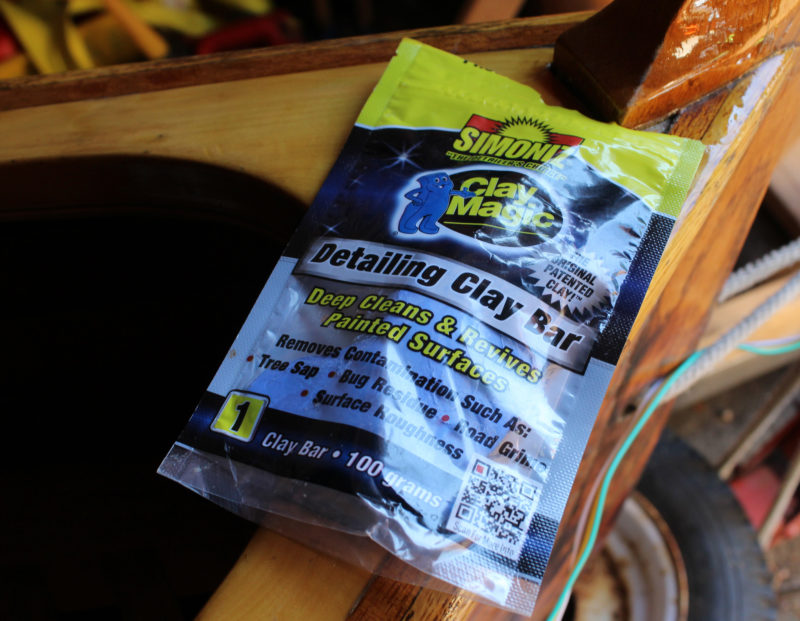 SBM
SBM


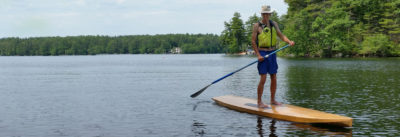
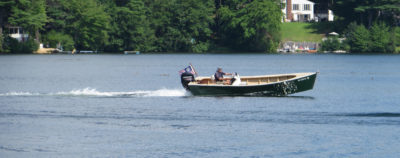

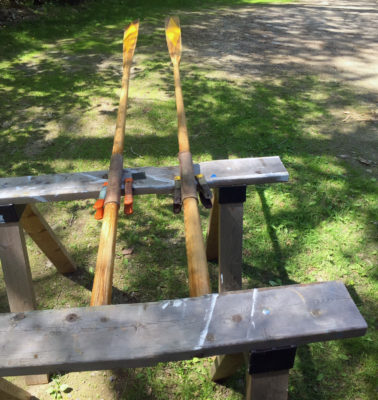
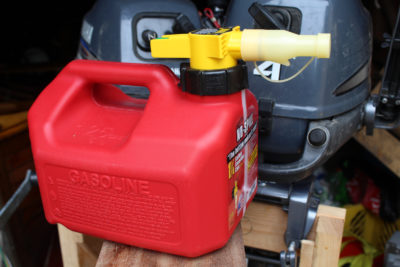
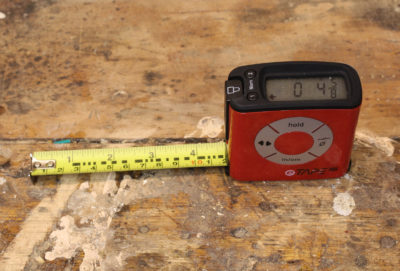
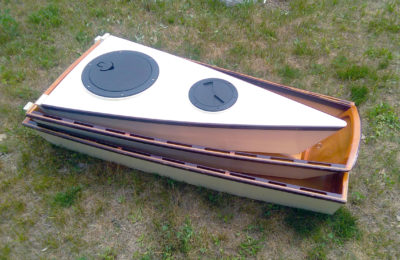
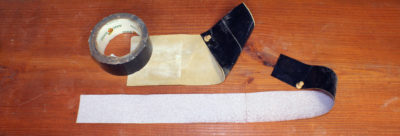

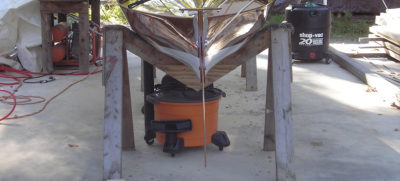
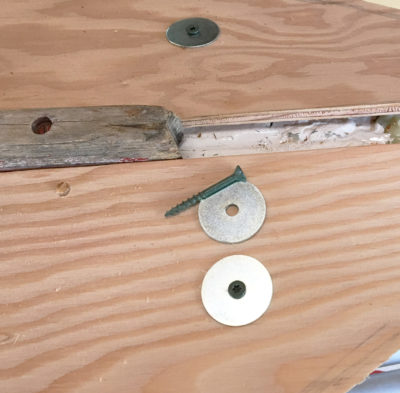
Having grown up with both horses and wooden boats, farrier’s rasps have always had a place on my bench. To that end, farrier’s rasps come in many different grades: they’re all quite aggressive, but a “Black Master,” for instance, will give a smoother finish cut than a “Red Tang,” which is in turn better for fast stock removal (I use both). Good feed stores and farrier’s supply stores will have a selection of brands and models to choose from. And don’t buy the cheap ones; like any other tool, you generally get what you pay for.
Thanks, clay bar and farrier’s rasp. I will try both!
I learned a version of the rolling hitch in the Boy Scouts. It was called the Taut-Line hitch, and we used it to tighten the guy lines on tents, etc. Looks like pretty much the same knot.
Yes, the Taut-line hitch is the same thing. I should have mentioned that as it is pretty well known, but I didn’t find it by that name in Ashley’s. I had thought the taut-line hitch worked because the line looped through the eye of a tent stake, and the tension on the standing part of the line helped the knot function, but the rolling hitch creates friction and will hold itself in place even if the standing part of the line is slack.
We have used farrier rasps for years to clean up gobs of epoxy. They save a lot of 36-grit paper.
The sliding hitch reminds reminds me of the mountaineer’s Prusik knot (a loop of line used to ascend a rope), which I have used while boating.
The Prusik knot is another kind of friction hitch. It is usually tied with a closed loop of cord wrapped around a climbing rope and has two or even three turns on both the high side and the low side.
Another deceptively simple rasp is made by taking a large-grit sanding belt, say 36 or 40 and cut a piece of plank to fit inside it. Round the ends to avoid wear on the plank’s sharp edges. It should be tight enough fit that you have to get it on by drifting it – a bit at one end, a bit at the other, etc. You can remove large amounts of wood very quickly especially if you lean on it with both hands, yet by relaxing the pressure and taking care make some quite subtle curves. Very good for getting from octagonal or even square section timber posts, to circular section for masts, oars etc. Finish off with a finer grit belt either turned inside out and slipped over the oar, or cut open and used as a strong sanding strap (is there such thing?).
For wrapping things like sleeping bags, I prefer the last part of what I think is typically referred to as a Trucker’s Knot. For the sleeping bag, tie one end of your rope/line in a loop. I do this by doubling the end back 3″-4″ and tying the two in a paired Figure-8 because I’m fond of that knot, but a granny works fine too. Then wrap the bag with the rope, and poke final end thru the grannied loop. (Here is where we get to the last half of the Trucker’s Knot, search for it for better details). Pull rope tight like the grannied loop is a pulley. A bit of a pinch on the grannied loop will hold the drawn end tight amazingly well. Then take the drawn end and wrap it around the length of rope headed into the ‘pulley,’ double the end back to a loop and push that loop thru the hole made by wrapping the rope around itself, and yank that loop to make a new knot up against the grannied loop. That’ll not only hold amazing amounts of strain and even vibration without loosening, but a light tug on the loose end of the rope releases the entire knot.
Quite a few people know the Trucker’s Knot, but if you don’t, let me tell you this about it. It requires mere seconds to create, and even less time/effort to undo. I’ve strapped down heavy loads to my roof and traveled long distances at high speeds and/or rough roads, and the load won’t wiggle and the knot won’t loosen. Or, with a loop hanging from the ceiling and the other end up from, say, a boat being built, you can use the sleeping bag version above to raise/lower your workpiece to whatever heights easy at the moment. Go ahead and leave it till next weekend: it’ll stay.
My sister (who rides horses) gave me several farrier rasps and these are amazing tools. One side can hog off white oak at an astonishing rate. The other side can give you a finish-ready surface. Can’t recommend them too highly.